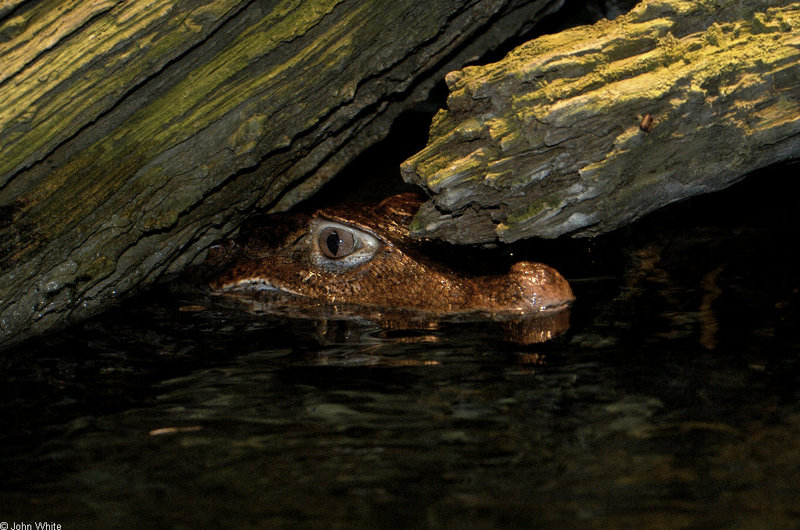|
| Animal Photo List | Result: 11542nd of 38874 | |
Crocodilians - Cuvier's Dwarf Caiman (Paleosuchus palpebrosus)001
| Subject: | Crocodilians - Cuvier's Dwarf Caiman (Paleosuchus palpebrosus)001
| | Poster: | John White (john.white161@verizon.net)
| |

| Resolution: 1024x679
File Size: 203923 Bytes
Upload Date: 2007:10:13 02:02:22
|
|
|